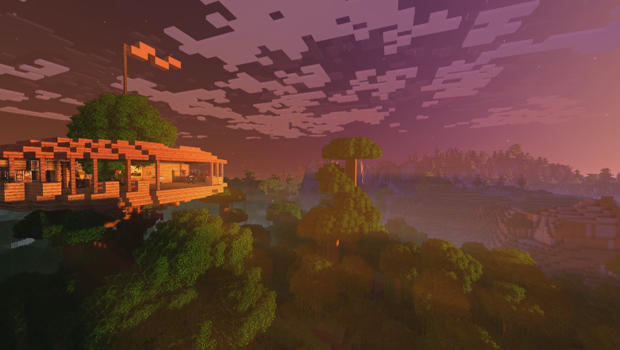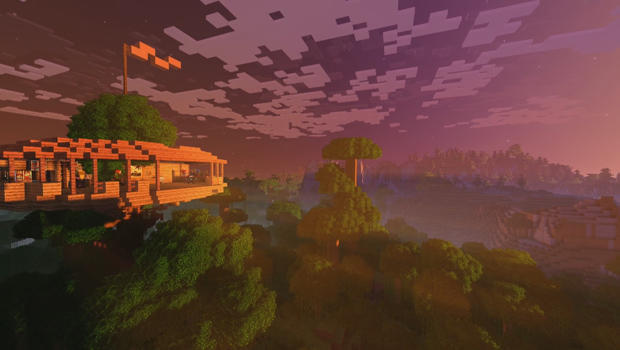One of the bestselling video games of all time has no guns and no blood. It doesn’t keep score. And the graphics make no attempt to look lifelike. It’s called Minecraft, and since its debut in 2009, it has sold more than 176 million copies. More than 91 million people play it every month.
Correspondent David Pogue took Minecraft out for a spin with his 14-year-old son, Jeffrey, who described the game as “a virtual world where you can build and destroy things and play with friends.”
It doesn’t seem to bother Jeffrey that everything in Minecraft looks kind of crude and blocky – like virtual Lego. “This game just makes everything simple and very easy to understand,” he said. “There’s nothing really complicated going on.”
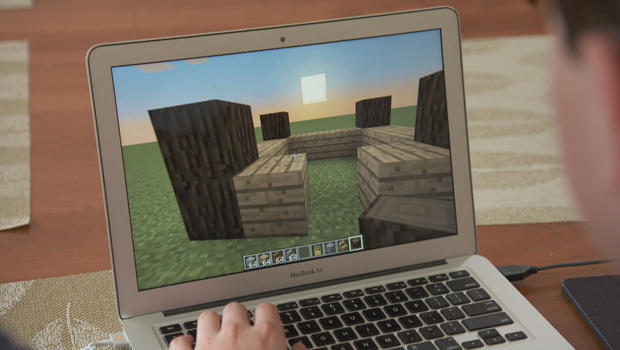
Minecraft’s simple appeal has made it a phenomenon. Kids come by the thousands to attend Minecraft conventions, like one recently held in Los Angeles, called Minefaire
Lydia Winters, Minecraft’s chief brand officer, has had a front-row seat to Minecraft’s exploding popularity. “I was the eighth employee and the first woman working on Minecraft,” she told Pogue. “Every year, we were like, ‘Is this the craziest year?’ And then the next year was even crazier. So, it’s been an incredibly wild ride the whole time.”
In 2014 Microsoft bought Mojang, the small Swedish company that makes Minecraft, for $2.5 billion. “We were all kind of thinking, ‘What happens now?'” Winters said. “But it’s been amazing because I think what Microsoft has done is they brought a lot of help in bringing things that we’ve wanted to work on, like education, but didn’t have the amount of people to work on it.”
It’s true: From math to chemistry to history, some teachers are seeing the benefits of playing Minecraft in their classrooms.
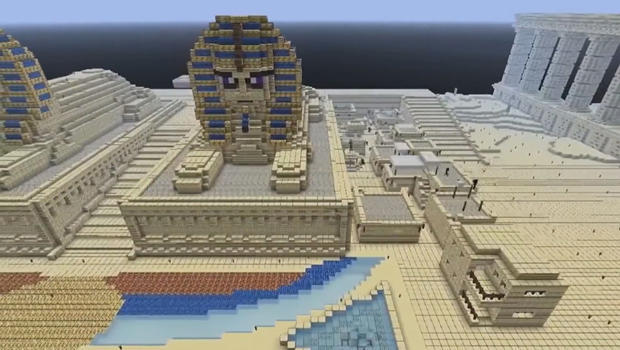
Steve Isaacs is a teacher at William Annin Middle School in New Jersey. His Minecraft game-design class is a required course for seventh graders. “We’re taking kids in an environment that they love – they love games – now they’re making their own games,” Isaacs said.
During Pogue’s visit, the class used Minecraft to build mini-games based on familiar fairy tales.
His students took fairy tales and, as one put it, “Minecrafted it.”
Isaacs says that in his classroom, Minecraft has done more than give his students the basics of computer coding; it’s changed lives. Case in point, student Brian Green. “This is where he’s shining,” Isaacs said. “And the coding, he does things in this game that I couldn’t possibly comprehend.”
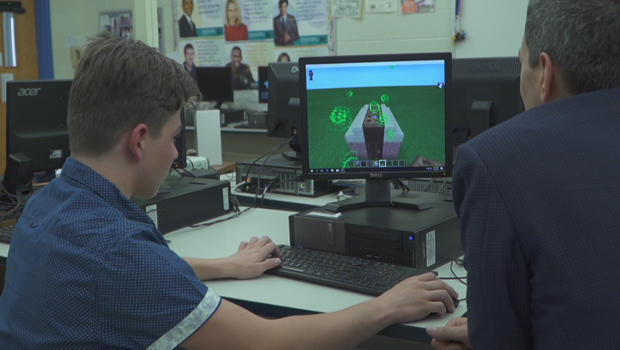
Pogue said, “I hear you’re kind of, like, a star in this class.”
“Apparently, yes,” Brian smiled. “I would have to agree with that statement! I think I’m a non-traditional learner. And this class is taught very non-traditionally. It’s very, very hands-on. In Minecraft, it just clicks for me. It just works the way my brain works, and I love that.”
Brian even sees career possibilities as a game designer, or he might, for example, follow in the footsteps of another former Steve Isaacs student: Jerome Aceti, better known by his online nickname, JeromeASF. You might call him a YouTube celebrity. “I suppose so,” Jerome laughed. “I don’t really like to think of it that way!”
Five-and-a-half-million people follow his videos on YouTube, most of which feature him playing Minecraft as he narrates. YouTube displays ads on those videos, and he gets a percentage of the revenue. “Yes, it’s the complete opposite of what my parents always said: ‘Don’t play video games. It’ll never…!’ But no, it worked out and I’m very happy and grateful for it!”
Pogue asked, “What do you sense is the future and direction of Minecraft?”
“I truly believe it’ll be the first video game of our time to cross the generational gap into future and future generations,” Jerome replied.
Minecraft executive Lydia Winters would probably agree: “We’re gonna be looking towards a lot of future architects and future designers who say, like, ‘Minecraft was what inspired me to actually build this real-life building, because in the game I could use this incredible digital canvas where anything you want, you can make.'”
But are there plans to make it higher resolution, more lifelike, instead of just chunky blocks? “It’s gonna keep being chunky blocks,” Winters laughed. “We feel like, it’s worked this far, so we should really keep it that way.”
